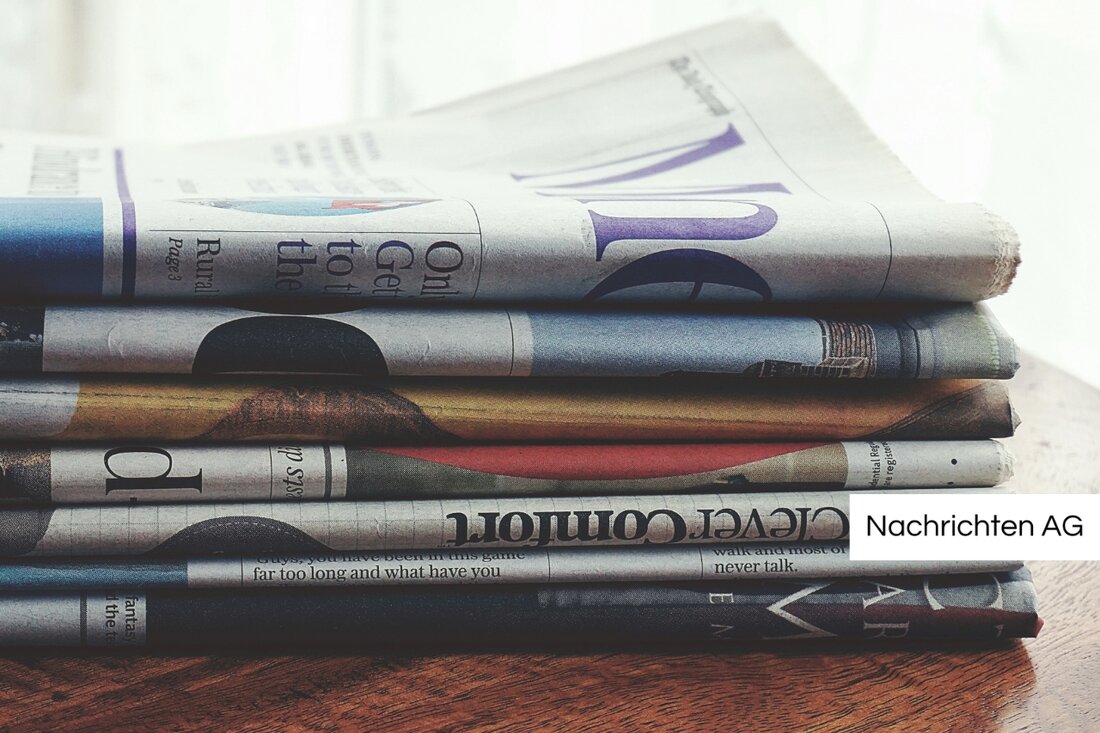Goethe University receives millions in funding: Focus on the future of learning!
Goethe University Frankfurt receives 480 million euros in funding for innovative teaching projects to strengthen interdisciplinary learning.

Goethe University receives millions in funding: Focus on the future of learning!
On April 23, 2025, the Innovation in University Teaching Foundation announced the results of an important call for proposals. As part of the “Teaching Architecture” funding project, a volume of 480 million euros was made available to support innovative concepts for improving teaching and learning conditions at universities. Among the participating institutions, Goethe University received funding for its “Academic Cross-Disciplinary Culture” (ACDC) project.
The Goethe University was successful with its application and was one of the 80 selected from a total of 227 submitted projects. The project duration extends over up to six years with a start date of October 1, 2025. The objective of ACDC is clear: the structures and framework conditions for teaching and learning should be strengthened, in particular through the integration of cross- and interdisciplinary study offerings into undergraduate studies.
Innovative teaching concept and modules
The ACDC project plans to introduce CRIS modules (Cross- and Interdisciplinary Studies), which will enable flexible integration into bachelor's programs. The central topics of the modules include sustainability, digitalization, diversity and start-up skills. In the first phase, the focus is on the development of pilot modules, for example on critical computational competence. Further modules include the topics of “Sustainability”, “Diversity & Democracy” and “Entrepreneurship”.
Another central element of the project is the planning of an academy for teaching culture and laboratories for teaching culture to develop new curricula. The Goethe University aims to anchor the impulses and structures gained sustainably in the teaching architecture.
Challenges in learning space design
The allocation of these funds comes at a time when integrating digital and agile learning structures into existing buildings is a challenge. As educational technologist Piet van der Zanden at TU Delft explains, many universities face practical difficulties when installing modern teaching technologies. Students often have to turn to see whiteboards, while screens in larger lecture halls are often too small to be read from the back rows.
To meet the demands, the introduction of new furniture such as mobile chairs and wooden platforms could alleviate some of the problems mentioned. These platforms enable seating to be arranged at the same height in sloping lecture halls, which supports group work. Van der Zanden, who has been researching the interactions between architecture, interior design and didactics for eight years, emphasizes the need to think, design and build university buildings from a pedagogical perspective.
An example of the challenges mentioned is the acoustics in lecture rooms, which are often comparable to the noise in a restaurant. This means that universities have to develop both their digitalization and spatial strategy concepts together in order to use space as a valuable resource in a didactic sense.
In this context, the Stifterverband, together with the Dieter Schwarz Foundation, is supporting the spatial laboratories project in order to further advance this way of thinking in university development. The research and innovation projects made possible by the funding are of essential importance for future-oriented education at universities across the country.

 Suche
Suche
 Mein Konto
Mein Konto